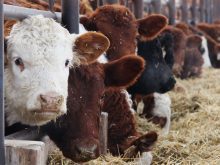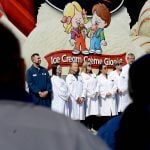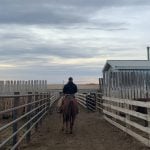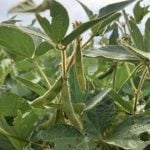For first-time visitors to Canada attending the World Charolais Congress it was a chance to study North American style cattle, experience the bite of winter and feel a chinook wind.
About 180 international guests representing 18 countries gathered at Edmonton’s Farmfair International for tours held before and after the congress. Deals were sealed and friends were made.
It was an opportunity for some to see the home of Charolais bloodlines they have been using for years.
Others were able to check out the range of colour within the Charolais herd, which is accepted in some member countries and rejected in others.
Read Also
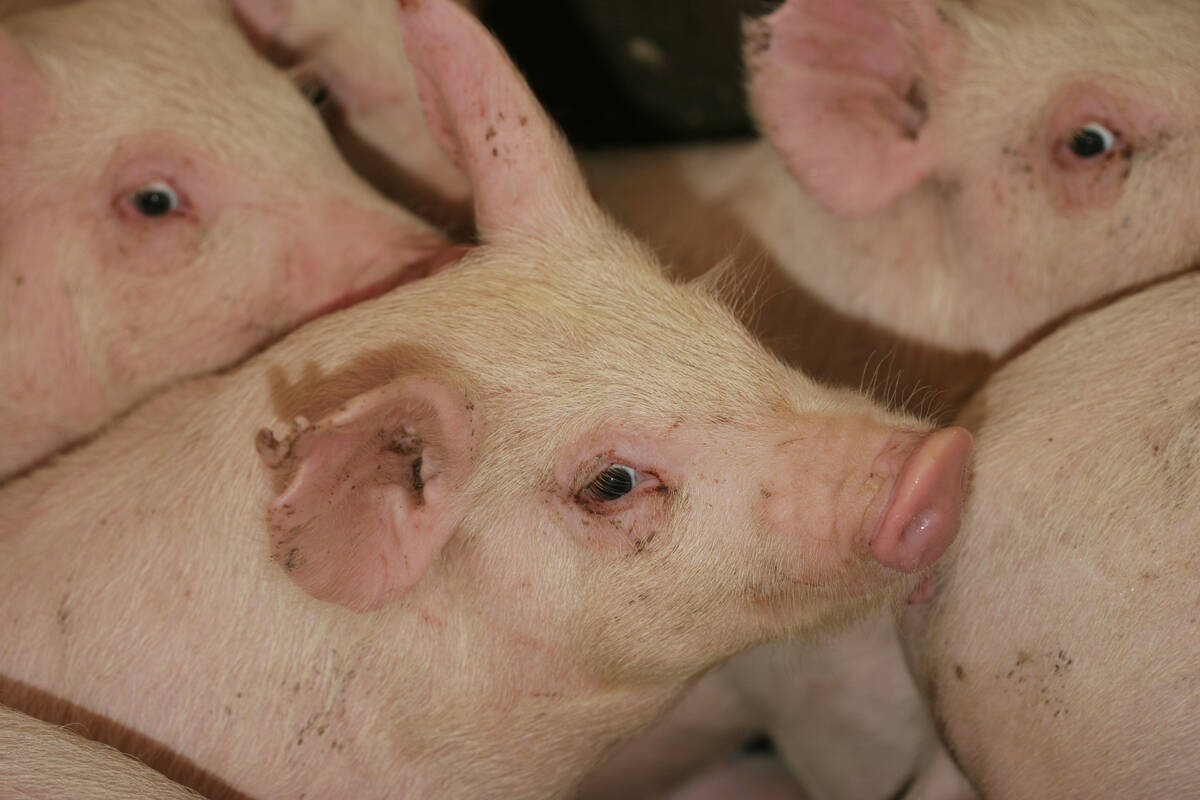
The Western Producer Livestock Report – September 25, 2025
The U.S. national live price average for barrows and gilts was $81.21 Sept. 17. It was $78.37 Sept. 9. U.S. hogs averaged $106.71 on a carcass basis Sept. 17, up from $106.10 Sept. 9.
Canadian Charolais range from white to shades of red to solid black after years of selective breeding for coloured genetics.
“The colour range in Charolais in Canada came up. We have the same issues in Australia and it is good to see where things are going here,” said Grayson Wolfgang, manager of the 500 member Charolais Society of Australia.
Charolais is the fourth largest breed in Australia behind Angus, Brahman and Polled Herefords. Australia will accept the red cattle but has doubts about black ones.
Members were also able to share information about genetic testing, grading systems, feed efficiency and other administrative matters but for most, it was a good opportunity to talk about a common enthusiasm for Charolais cattle.
Australians were particularly interested in what Canada has to offer because many farmers there are living through the most severe drought they’ve had. Some have chosen to put cows on feed while others are culling hard. That could affect the size of the national herd if rain does not come soon.
“Come March next year we will know exactly where we are,” said Wolfgang during a tour stop at Rudiger Ranch west of Calgary. John and Rowana Rudiger have raised full French Charolais since 1958. Full French cattle are direct descendents from French imports.
Australian Boyd Harms, who runs 800 cows on 35,000 acres, sees a market opening to Canada for embryo exports to replace what has been lost.
Harms fears there could ultimately be a shortage of good breeding females across all breeds. Cow prices are holding so far, but if the situation does not improve, some Australian farmers could go out of business.
Moisture conditions are good in nearby New Zealand, said resident Bryce McKenzie. In Canada, he saw snow for the first time after leaving his home in 28 C weather. He had just finished calving before arriving in Eastern Canada for the first leg of the tour at the beginning of November.
McKenzie has polled cows and imported his first Charolais from an American herd in 1978. Because of concerns over bluetongue, the cows were then exported to Canada. They were calved at Sandan Ranch at Erskine in central Alberta. The calves were then exported to his farm.
The hornless Charolais were not welcomed at first and he was almost kicked out of the Australian association, but he persisted and the cattle are accepted now.
“At that stage Charolais cattle were polled and white. They didn’t consider them to be pure enough,” he said.
He and others who preferred polled cattle started their own registry, which lists about 140 Charolais breeders.
“We don’t have any red factors at this stage but they are coming.”
McKenzie started as an Angus breeder but he was looking for a better weight gain and favours North American bloodlines. His brother first saw Charolais on a trip to Wales and was so impressed that they started inseminating their cows with full French genetics. They did not like the French style so they later switched to North American cattle.
Imports of live breeding stock are prohibited to almost all major markets due to BSE. European breeders have imported embryos and semen but their specifications demand embryos derived from bulls free of infectious bovine rhinotracheitis, said Marton Bujdoso of Hungary.
He was one of six people from central Europe on the tour. He is president of the 2008 World Charolais Congress to be held in Hungary, Czech Republic and Slovakia.
Bujdoso said full French are preferred in central Europe where Charolais are run on large open summer pastures with winters spent in feedlots. Charolais are raised for beef but at one time doubled up as draft animals, he said.
The tour ends at the Canadian Western Agribition in Regina.





